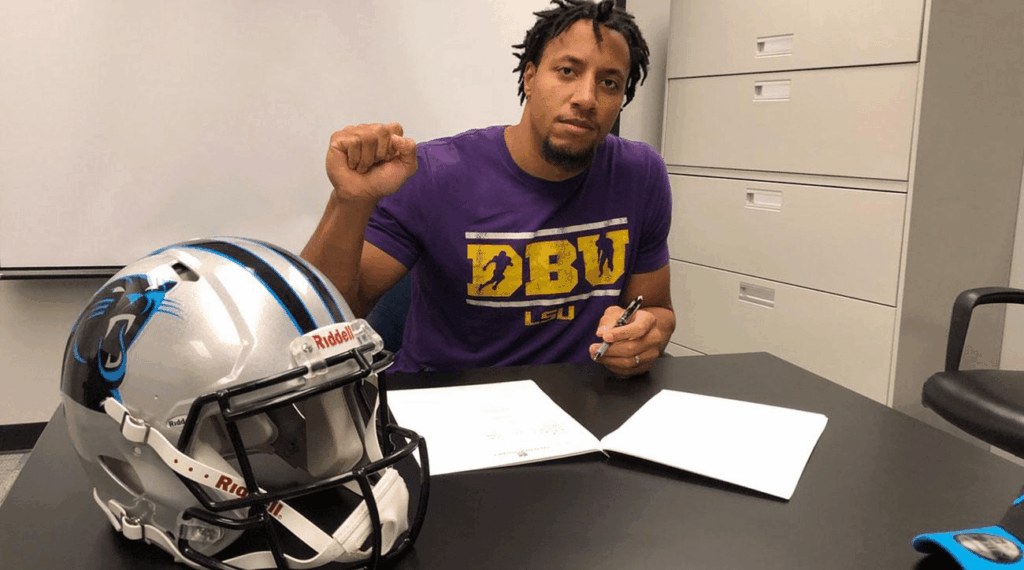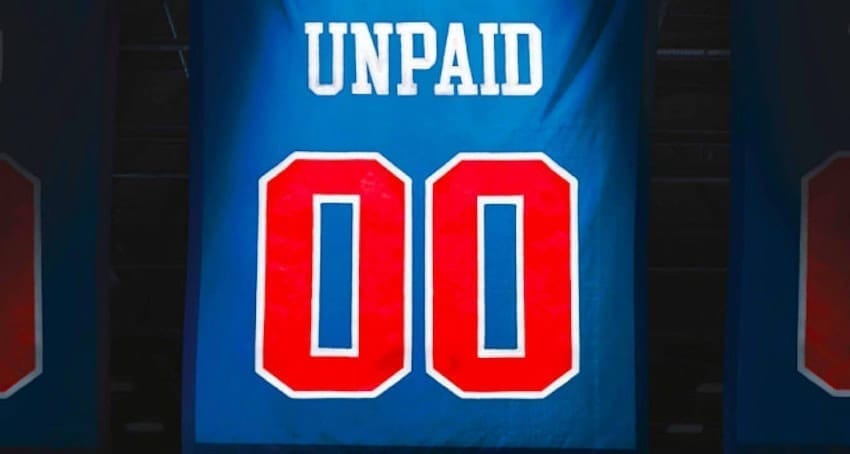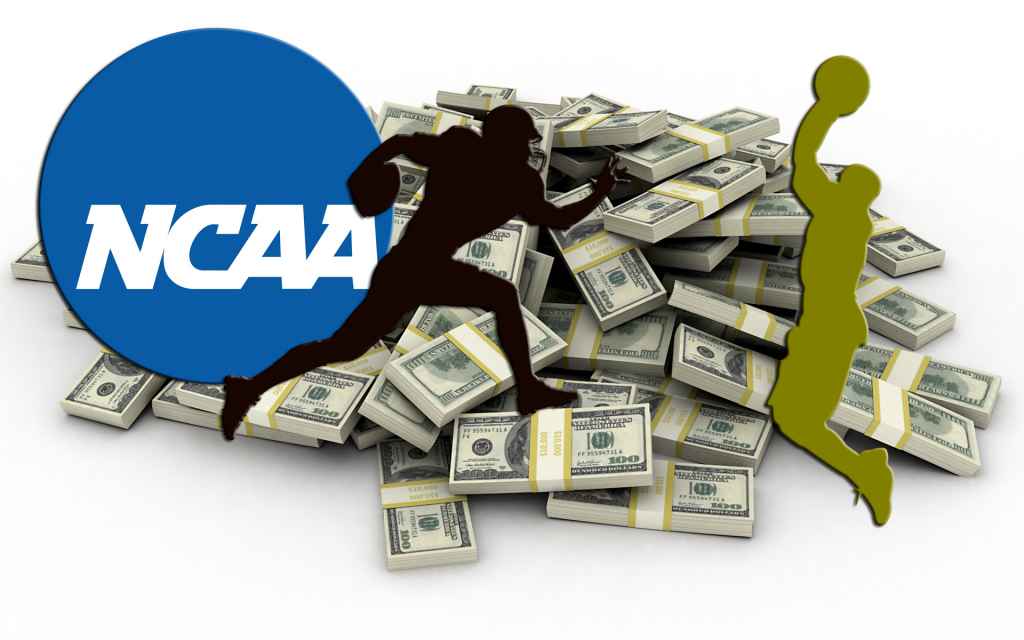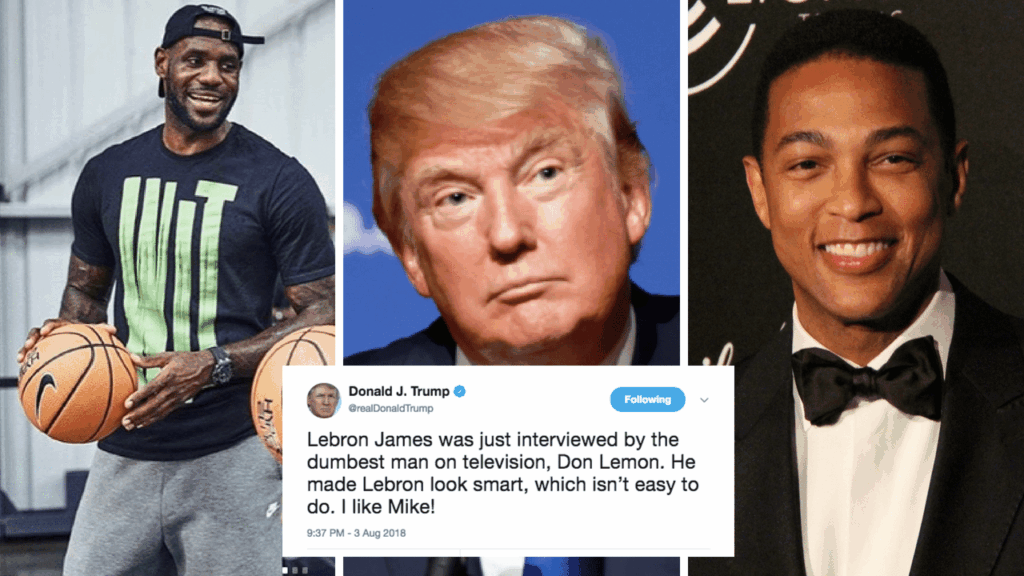Interview w/Ricky Volante: Historical Basketball League Plans to Disrupt NCAA

Educate and Compensate Should college athletes be paid? The Historical Basketball League says yes. The HBL is a start-up basketball league that plans to disrupt the NCAA’s current economic model. It was co-founded by sports and entertainment attorney Ricky Volante and economist Andy Schwarz. The HBL plans to totally disrupt the NCAA’s system. Their aim […]
NCAA needs the Eddie Robinson Rule like NFL needed the Rooney Rule

Why isn’t there more diversity in D1 college athletics coaching staff? An article was recently published that pointed out the continued lack of diversity in the coaching staff of college football. College football is not the only sport with a diversity problem. A systemic lack of diversity in regards to race and gender is a […]
NBA G-League Gets New Talent While NCAA Stays in the Stoneage

On Thursday, the NBA shocked the sports world when they announced an alternative to the unjust “one-and-done” rule. The “one-and-done” rule mandates that NBA draft entrants be at least 19 years old or be one year removed from high school. The rule arbitrarily requires NBA hopefuls to attend college before attempting their dream of playing […]
Maryland Football: Booster Removed From Team Plane over Jordan McNair Comments

College athletes have power and influence when they rally together. The football team at the University of Maryland, College Park (Maryland) proved this the players caused a highly regarded booster removed from the team’s flight prior to their game against the University of Michigan. The booster, Rick Jaklitsch, made insensitive comments about Jordan McNair, a […]
LeBron James HBO Documentary ‘Student Athlete’ Exposes NCAA Racket

On the night of one the most exciting preseason games of LeBron James’ career, he demonstrated yet again that he is “more than an athlete.” On Tuesday night, LeBron James made his debut at Staples Center during the Lakers preseason home opener against the Denver Nuggets. However, James’ “more than an athlete” demonstration did not […]
Alston v. NCAA: Amateurism on Trial for Violating Anti-Trust Law

College Athletes vs NCAA – Amateurism is on trial again! On Tuesday, September 4, the trial for what has become known as Alston v. NCAA commenced in federal district court in Oakland, California. Judge Claudia Wilken is presiding. She also presided over the O’Bannon case in which the NCAA lost. Per O’Bannon, the NCAA can […]
College Football: Why Are Ratings and Attendance Numbers Down?

Attendance and Ratings In the 2017-2018 season, college football experienced its most significant decrease in game attendance that it has seen in more than thirty years. The 129 Football Bowl Subdivision schools experienced an attendance decrease of 1,409 fans per game from 2016.[i] In 2017 FBS schools’ average attendance was 42,203 fans per game, which […]
Is President Trump destroying the unifying power of sports?

Is President Trump destroying the unifying power of sports? This is the critical question after LeBron James touted President Trump for using sports to divide the nation in his recent interview with Don Lemon. Traditionally, sports have been viewed as one of the few arenas where Americans from all walks of life would set aside […]